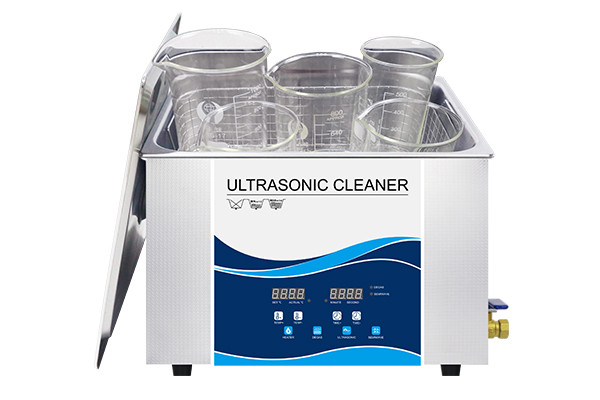Understanding Ultrasonic Cleaning Technology
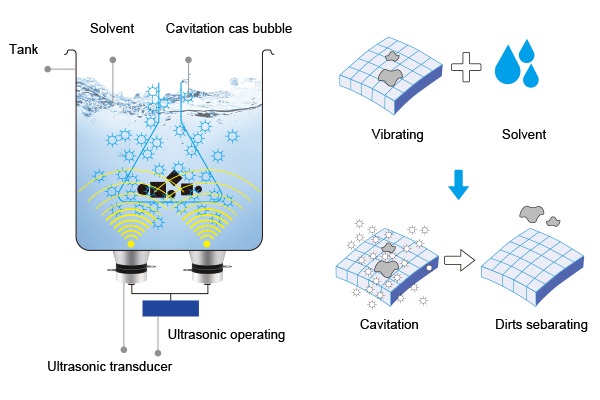
Ultrasonic cleaning machines have revolutionized the way delicate and intricate items are cleaned. These devices use high-frequency sound waves to create microscopic bubbles in a cleaning solution, effectively removing dirt, grime, and contaminants from surfaces without causing damage. This process, known as cavitation, is particularly useful for cleaning complex objects with hard-to-reach areas, such as jewelry, medical instruments, and industrial components.
Unlike traditional cleaning methods that rely on scrubbing or harsh chemicals, ultrasonic cleaning is a non-invasive and highly efficient solution. It works by generating ultrasonic waves through a transducer, which agitates the liquid and produces high-energy bubbles. When these bubbles collapse, they create a powerful cleaning force that dislodges impurities from surfaces.
Key Benefits of Using an Ultrasonic Cleaning Machine
1. Superior Cleaning Efficiency

One of the biggest advantages of ultrasonic cleaning is its ability to clean at a microscopic level. The process can remove contaminants such as grease, rust, carbon deposits, and biological residues, making it ideal for both commercial and industrial use.
2. Gentle on Fragile Items
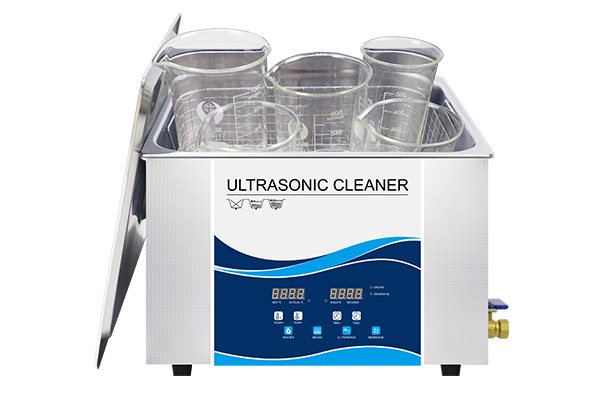
Because ultrasonic cleaning relies on sound waves rather than physical scrubbing, it is a preferred method for cleaning delicate items like jewelry, watches, and optical lenses. It ensures that items retain their integrity while achieving deep cleaning.
3. Eco-Friendly and Chemical Reduction

Many ultrasonic cleaning solutions require only mild detergents or water, reducing the need for harsh chemicals. This makes it an environmentally friendly alternative to traditional solvent-based cleaning methods.
4. Time and Labor Savings
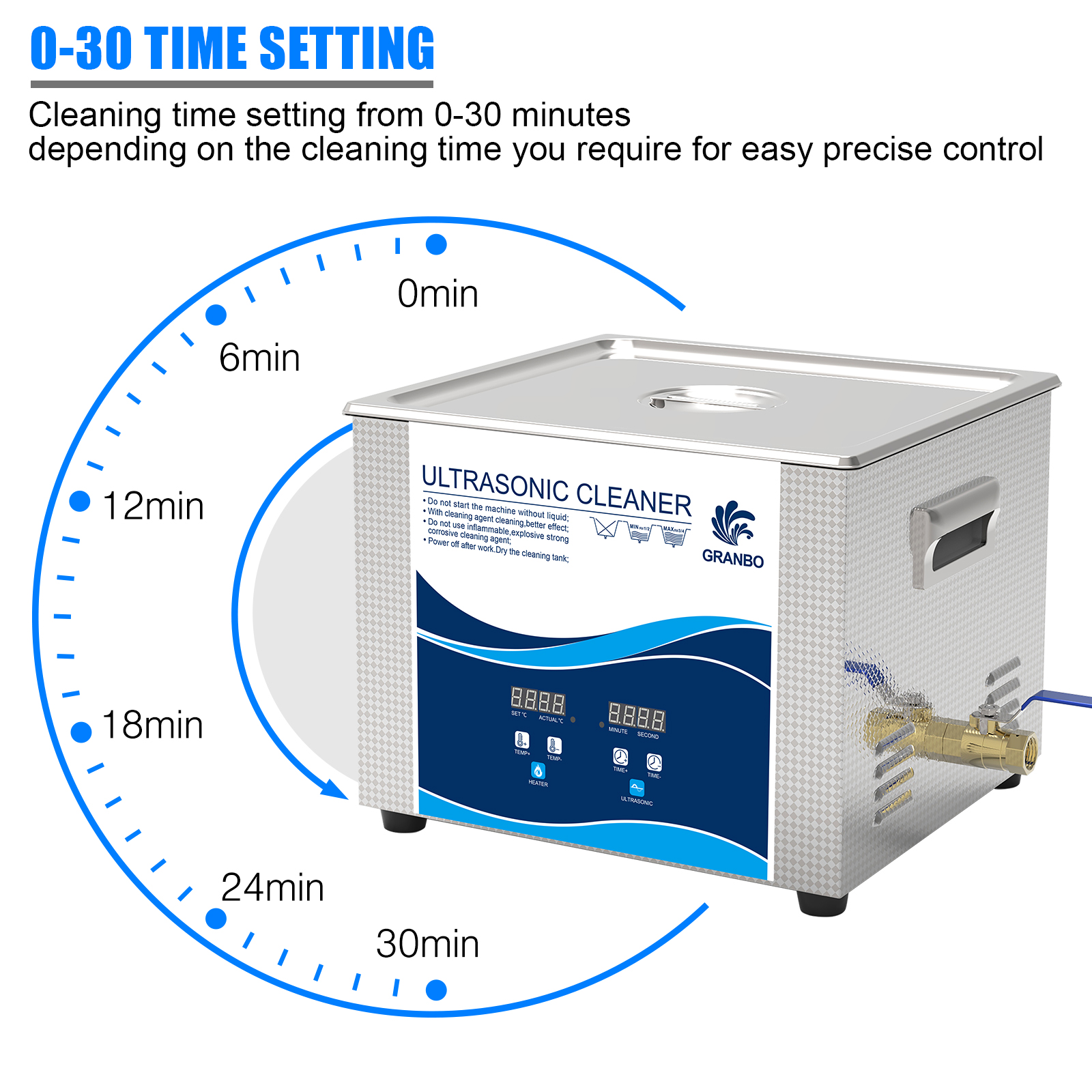
Ultrasonic cleaning significantly reduces the time and effort required for manual cleaning. A typical cycle lasts between three to ten minutes, allowing businesses to increase efficiency and productivity.
Applications of Ultrasonic Cleaning Machines
Medical and Dental Equipment
Hospitals and dental clinics rely on ultrasonic cleaners to sterilize surgical instruments, dental tools, and laboratory equipment. The precision of ultrasonic cleaning ensures that even the tiniest crevices are free from contaminants, reducing the risk of infections.
Jewelry and Watchmaking

Professional jewelers use ultrasonic cleaners to restore the shine of gold, silver, and gemstone pieces. The process removes dirt, oil, and residues from delicate jewelry without scratching or damaging them.
Automotive and Aerospace Parts

From carburetors to fuel injectors, ultrasonic cleaning is widely used in the automotive and aerospace industries to remove grease, oil, and carbon buildup. This ensures optimal performance and longevity of engine components.
Electronics and Circuit Boards

Electronic manufacturers use ultrasonic cleaners to remove solder flux, dust, and oxidation from circuit boards. This method ensures that delicate components remain intact and fully functional.
Industrial Manufacturing and Precision Engineering
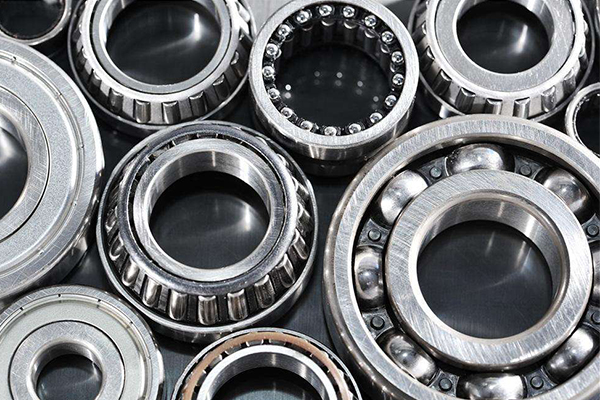
Industries involved in metalworking and precision manufacturing benefit from ultrasonic cleaning for degreasing and removing metal shavings. This helps maintain high-quality production standards.
How to Choose the Right Ultrasonic Cleaning Machine
1. Consider the Cleaning Tank Size
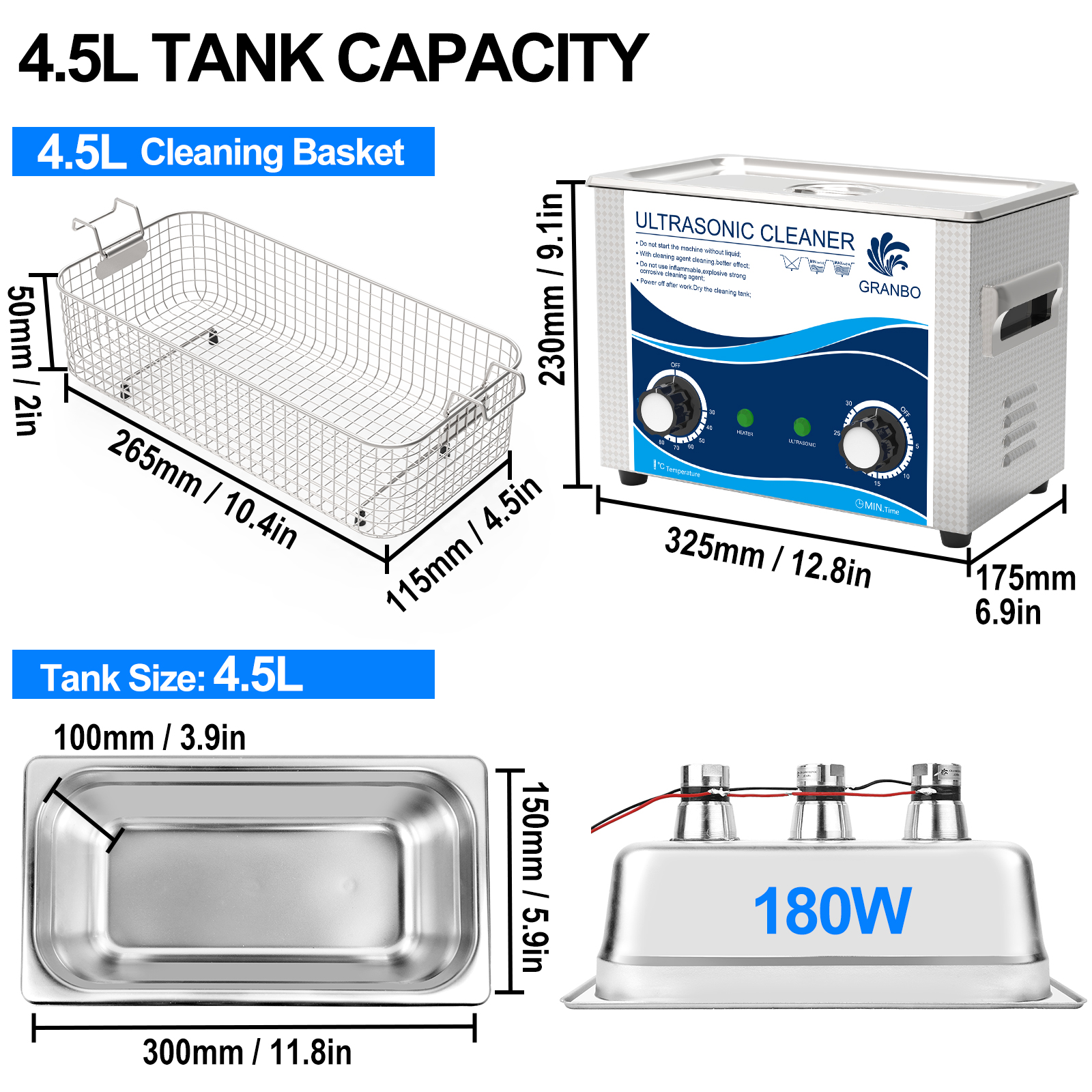
The size of the tank determines the types of objects that can be cleaned. For small items like jewelry and eyeglasses, a compact unit will suffice, while industrial applications may require larger tanks.
2. Frequency Matters
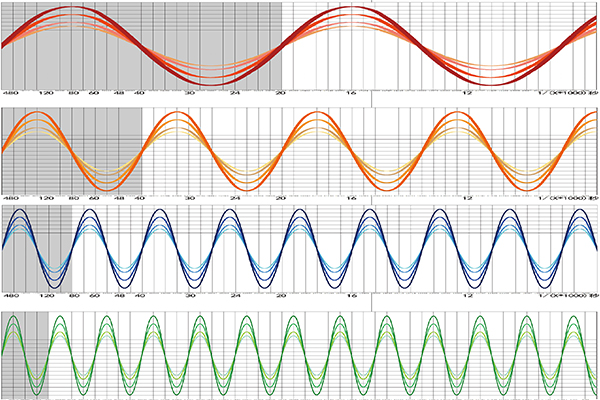
Ultrasonic frequency affects the cleaning intensity. Low frequencies (20-40 kHz) generate larger bubbles, ideal for heavy-duty cleaning. Higher frequencies (above 60 kHz) are better suited for delicate items.
3. Power Output and Watt Density

Machines with higher power output provide faster cleaning but may not be suitable for fragile objects. Ensure the watt density matches the cleaning requirements of your application.
4. Cleaning Solution Compatibility

Check whether the machine is compatible with water-based or solvent-based cleaning solutions. Some materials require specific detergents for optimal results.
References
- Suslick, K. S. (1990). “Sonochemistry.” Science, 247(4949), 1439-1445.
- Mason, T. J., & Lorimer, J. P. (2002). “Applied Sonochemistry: Uses of Power Ultrasound in Chemistry and Processing.” Wiley-VCH.
- Tzanetakis, G. N., & E. G. Koliadima. (2013). “Ultrasonic Cleaning: Mechanisms and Applications.” Ultrasonics Sonochemistry, 20(1), 25-30.
- Lankenau, E., & Shook, L. (2017). “Medical Device Cleaning with Ultrasonic Technology.” Journal of Biomedical Instrumentation, 12(4), 55-62.



